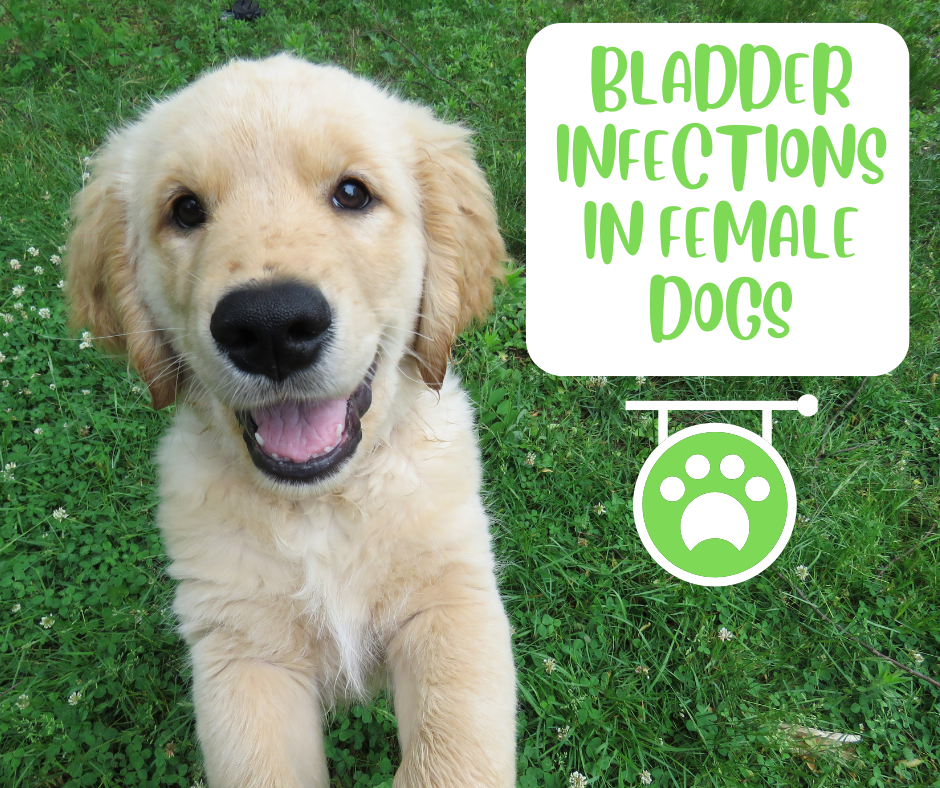
Let’s talk about something that’s been a part of many veterinarian / pet parent conversations —vulvas. Yes, you read that right! It might sound a bit wacky, but the focus on a dog’s anatomy is becoming increasingly common, especially when it comes to bladder infections in female dogs.
.
When a puppy comes in with a bladder infection, it’s not uncommon to hear a veterinarian say, “Oh, she has a recessed vulva.”
.
This is actually not hugely related to the bladder infection at all. It’s a simple remark about your pup’s anatomy. It’s akin to commenting on someone’s belly button—whether it’s an outie or innie—or on a bottom lip being bigger than the top lip. Can you imagine suggesting we remove a belly button just because it might rub against a belt buckle… or surgically making your bottom lip smaller so it’s easier to suck your thumb?
.
Ridiculous, right?
.
What we’re really talking about is simple anatomical variation. Just like humans, female dogs can have a range of vulva sizes and shapes. Some have prominent vulvas, while others have small ones.
.
But these anatomical differences are NOT the root cause of bladder infections.
.
What Really Causes Bladder Infections in Pets?
.
So, what’s behind these pesky bladder infections in our furry friends? The primary culprits are often diet and environmental cleanliness. Many female puppies develop bladder infections due to eating kibble, which alkalizes their urine. An alkaline urinary environment is less acidic, and those acids are what help eliminate bacteria in the urine track!
.
To put it simply, the diet we feed our pets plays a critical role in their health. Starting with a proper diet and avoiding over-vaccination can set the foundation for a healthy urinary tract.
.
Still seeing patients in Clearwater, Tampa, and virtually.
